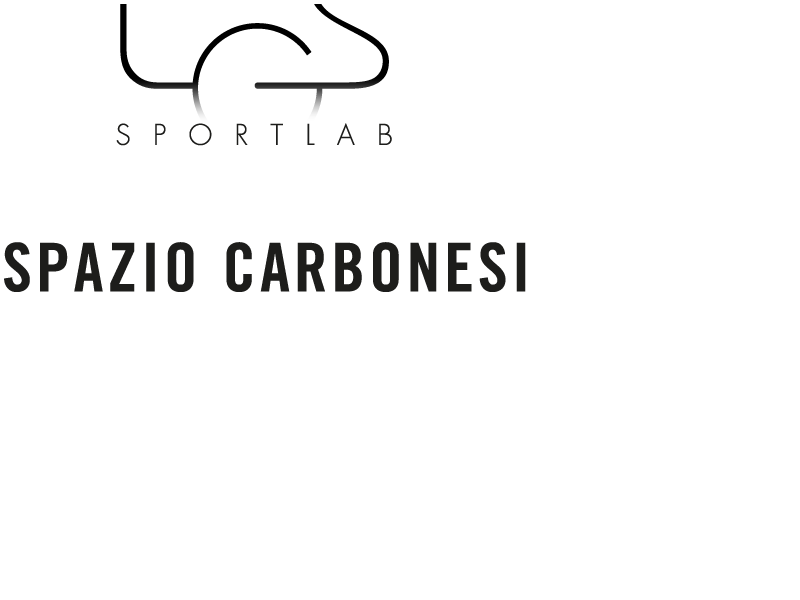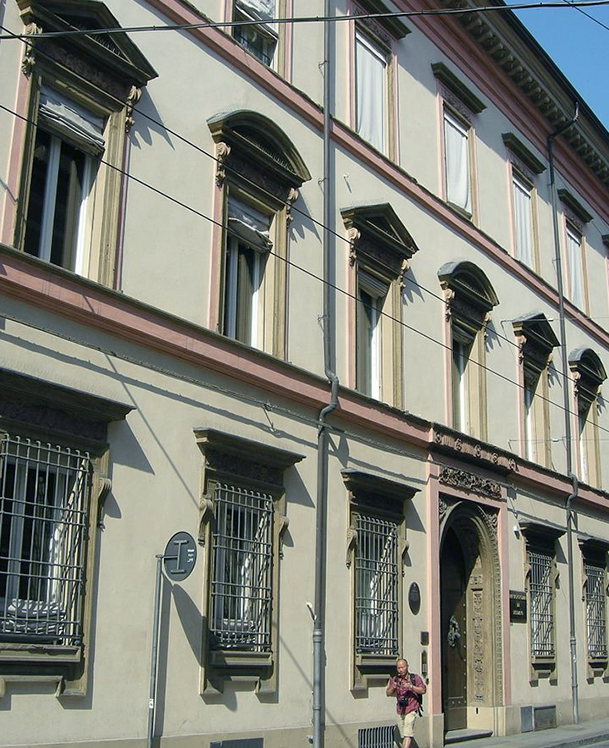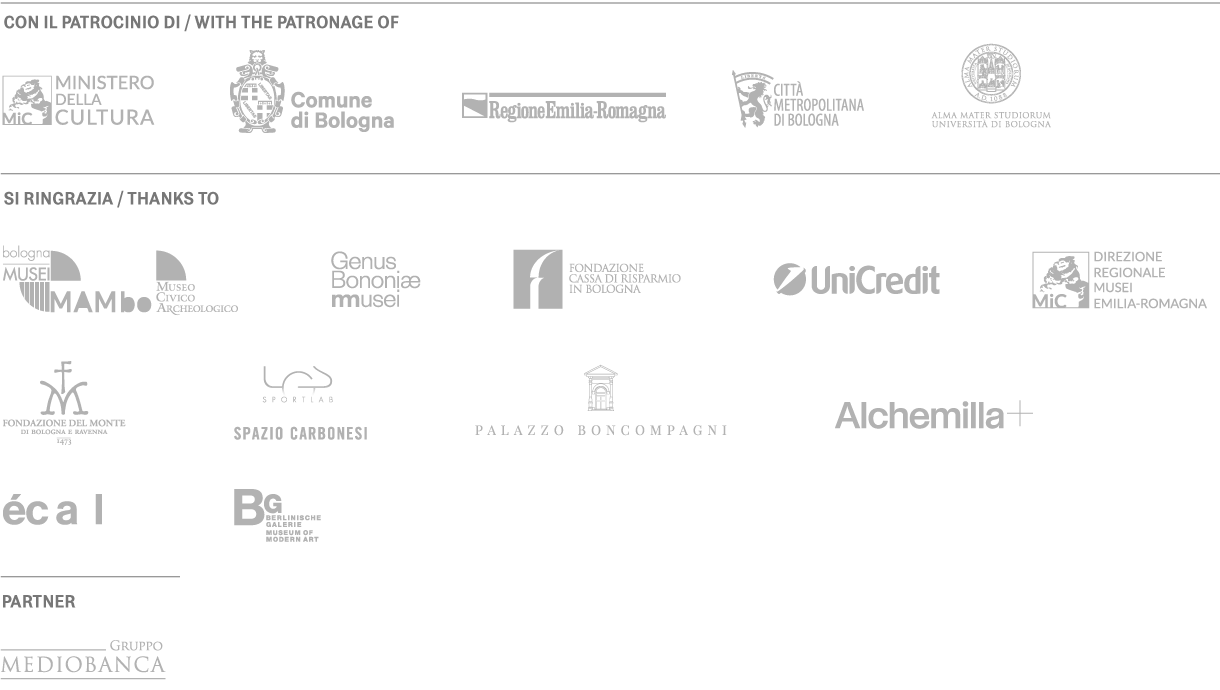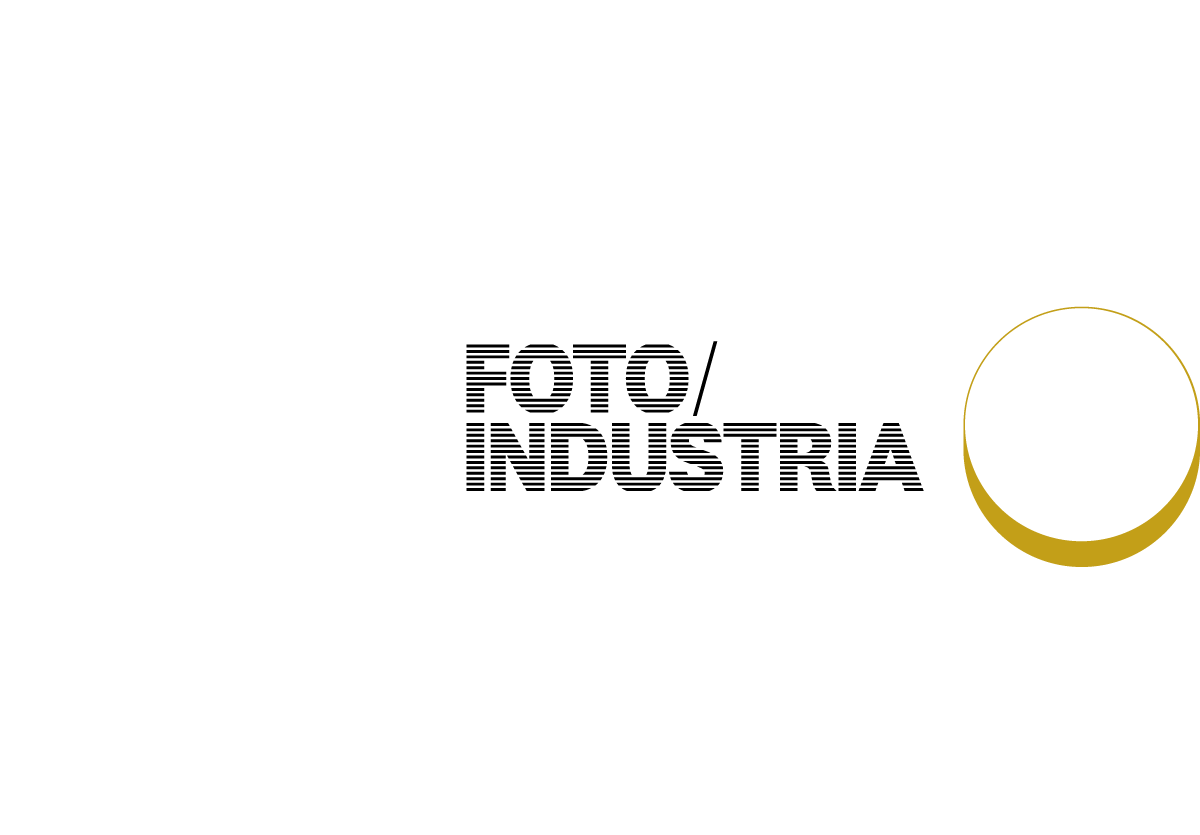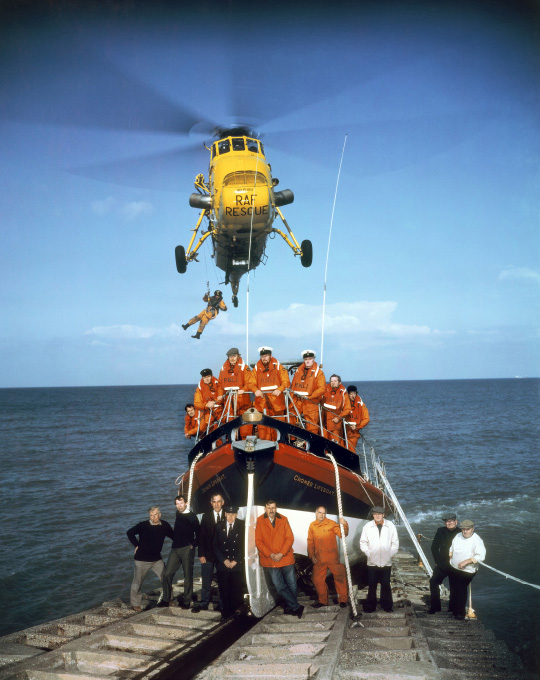
NEAL SLAVIN – LA BLACK DYKE MILLS BRASS BAND – NATIONAL MUSEUM OF PHOTOGRAPHY, FILM & TELEVISION – BRADFORD, YORKSHIRE
NEAL SLAVIN
GROUP PORTRAITS
Although group photography is a genre widely practiced in the United States by local photographers for every type of group or association, it is mainly rather conventional, often focused mostly on the number of members and their positions, placed like pawns in some spectacular landscape.
In the 1980s, Neal Slavin gained success and recognition by revolutionizing this photographic style. He used his very different visual register to create authentic staging linked with the trades or professions he was shooting, trying to approach his subjects as closely as possible to give them a presence and personality, not simply a position.
The execution of these photos can sometimes be compared to film production, a practice that has developed since, but which was quite uncommon at the time when Neal Slavin invented his style. Most importantly, his compositions are full of humour and vibrant colour.
François Hébel
Location
Spazio Carbonesi
Via de’ Carbonesi, 11 – Bologna
He has earned great success in the press and has worked for papers like «New York Times Magazine», «London Sunday Times Magazine», «Esquire», «Frankfurter Allgemeine Zeitung», and «Rolling Stone». These achievements, followed by the publication of his book on the English, Britons, led to several exhibitions and many of his works are in the collections of famous galleries and museums. Following this success, in recent years Neal Slavin has focused less on
photography in favour of creating advertising videos.
The selection for Foto/Industria includes some of his best photos in a range of jobs as different as railway workers, librarians, dancers, gravediggers…
François Hébel
Location
Spazio Carbonesi
Via de’ Carbonesi, 11 – Bologna
This space is located inside Palazzo Zambeccari, a three-story building with a Neoclassical terracotta facade that was built in 1775 by the architect Carlo Bianconi. The piano nobile or main floor has maintained its Baroque frescoes, including an Olympus by Giuseppe Rolli and Giacomo Alboresi. Spazio Carbonesi is a space for meeting and sharing ideas made available to cultural organizations, an ideal setting for experimentation, exploration, and innovation that is used for arts-based initiatives, courses, or lectures.
